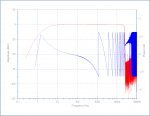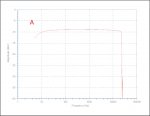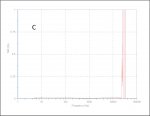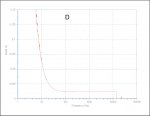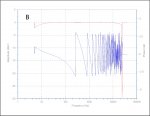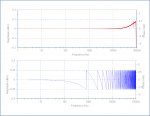Re: Well, THAT's Not Gonna Fucking Work!
Peter
Thanks for that, I went looking for that exact picture last night but couldn’t find exactly what I wanted.Commonly a forth order filter will be used for dc blocking. I haven't seen a measurement below 20 Hz yet. See attached jpeg. Sorry I just plotted the digital IIR filter not an actual active one.
Peter



